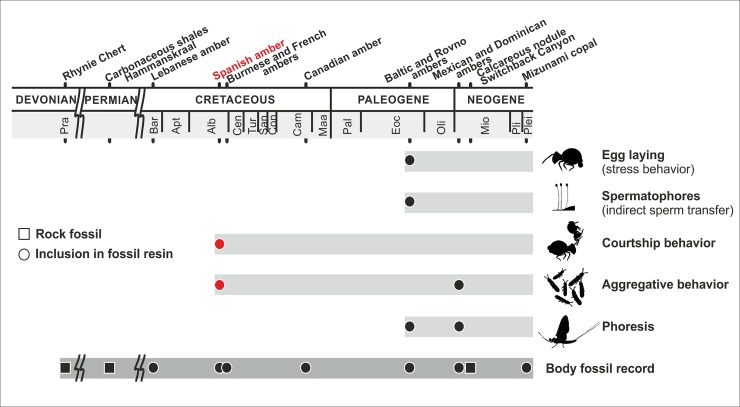Fig 1. Fossil evidence of different springtails behaviors, and the geological range of the body fossil record.
From top to bottom: Sminthurus longicornis depositing eggs (Baltic amber) [1]; S. longicornis with stalked spermatophores (Baltic amber) [12]; courtship behavior of Pseudosminthurides stoechus (herein described; Spanish amber); aggregation of Proisotoma communis (herein described; Spanish amber) and unidentified entomobryomorphans (Dominican amber) [13]; phoresy: S. longicornis over a harvestman, Dicranopalpus ramiger (Arachnida: Opiliones) (Baltic amber) [1], and unidentified sminthuridid on an oedemerid beetle [14], and a Sphyrotheca? sp. over a mayfly, Borinquena parva (Ephemeroptera) (Dominican amber) [15] (see also S1 Fig for a review of the general fossil record of Collembola).

